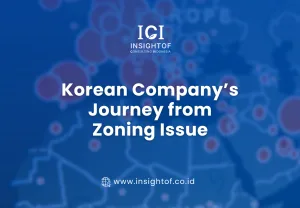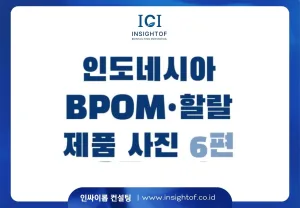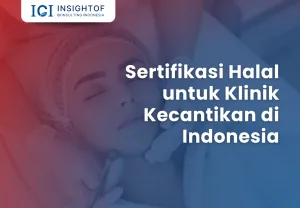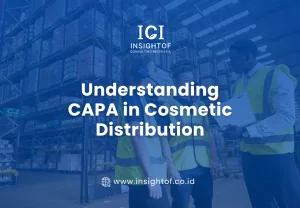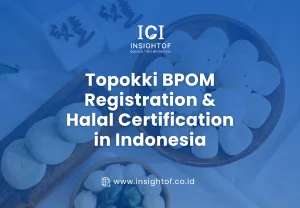1. Introduction
Indonesia’s healthcare industry is growing rapidly, creating opportunities for both local and international medical device manufacturers and distributors. However, before entering the Indonesian market, all medical devices must comply with the Ministry of Health (Kementerian Kesehatan, Kemenkes) regulations and obtain official registration approval.
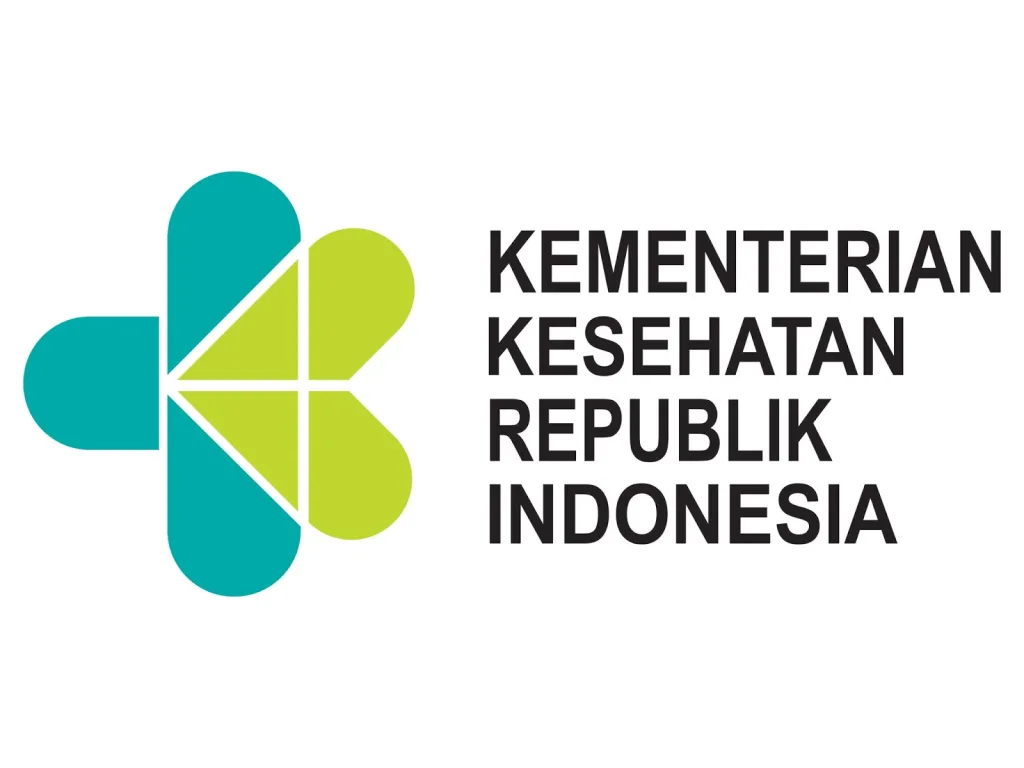
This guide provides a complete overview of the medical device registration process in Indonesia — from understanding product classification to securing your distribution license.
2. Understanding Medical Device Regulation in Indonesia
Medical devices in Indonesia are regulated by the Directorate General of Pharmaceutical and Medical Devices (Ditjen Farmalkes) under the Ministry of Health. The main objectives are to ensure:
- Safety for patients and users
- Compliance with quality standards
- Efficacy and effectiveness of the product
Key legal frameworks include:
- Permenkes No. 62 of 2017 on Medical Device Distribution
- Permenkes No. 1190/MENKES/PER/VIII/2010 on Medical Device Registration
For more details, refer to the official Kemenkes Medical Device Regulations.
3. Medical Device Classification in Indonesia
Kemenkes classifies medical devices based on risk level:
| Class | Risk Level | Examples |
|---|---|---|
| Class 1A | Low Risk | Bandages, examination gloves |
| Class 2B | Low-Moderate Risk | Surgical masks, infusion sets |
| Class 2C | Moderate-High Risk | Syringes, diagnostic equipment |
| Class 3D | High Risk | Implants, pacemakers |
The classification determines:
- The documentation required
- The evaluation process duration
- The registration fee
4. Category of Medical Device
In addition to risk classification, Indonesian regulations categorize medical devices into five main groups:
- Electromedic Radiation : Medical devices that use radiation for diagnosis or treatment, such as X-ray or radiation therapy machines.
- Electromedic non-Radiation : Medical devices that use electrical energy but do not emit radiation, like ECG machines or ultrasound devices.
- Non-Electromedic Sterile : Medical devices that do not use electricity and are sterile, such as surgical instruments or implants.
- Non-Electromedic Non-Sterile : Non-electric medical devices that are not sterile, including bandages and splints.
- Diagnostic In-Vitro : Medical devices used to test samples outside the body, such as blood test kits or lab equipment.
Understanding both risk class and device category is crucial for determining documentation requirements, registration timelines, and regulatory pathways.
5. Key Requirements for Medical Device Registration
Before registering or importing a medical device into Indonesia, companies must meet the following mandatory prerequisites:
5.1 Choose Your Market Entry Route
- If you are an importer, you must either:
- Establish a local company in Indonesia (PT or PT PMA) and obtain the necessary licenses, or
- Appoint a local distributor with the proper licenses to act on your behalf.
5.2 Medical Device Distributor License (IDAK)
- Only companies with an IDAK (Izin Distribusi Alat Kesehatan) can legally import and distribute medical devices.
- Issued by the Ministry of Health.
- Requirements:
- A registered business entity in Indonesia
- Storage facilities that meet Kemenkes standards

5.3 Good Distribution Practice Certification (CDAKB) – Mandatory
- CDAKB (Cara Distribusi Alat Kesehatan yang Baik) certification is now compulsory before or alongside product registration.
- It verifies that your distribution process meets quality and safety standards.

Difference Between IDAK and CDAKB
| Aspect | IDAK | CDAKB |
|---|---|---|
| Full Name | Izin Distribusi Alat Kesehatan | Cara Distribusi Alat Kesehatan yang Baik |
| Purpose | Legal license to distribute and import medical devices in Indonesia | Certification that confirms compliance with Good Distribution Practice (GDP) |
| Issued By | Ministry of Health (MoH) | Ministry of Health (MoH) |
| Requirement Stage | Required before registering/importing devices | Required before or along with product registration |
| Focus | Legal authorization | Quality system compliance |
| Validity | Usually valid for 5 years | Usually valid for 5 years, with surveillance audits |
5.4 Technical Documentation Preparation
Typical documents required for product registration include:
- Free Sale Certificate (FSC) from the country of origin
- ISO 13485 or equivalent Quality Management System certificate
- Product specifications and labeling in Bahasa Indonesia
- Clinical evaluation reports (for medium- and high-risk classes)
Note: The order of these steps may vary — in practice, many companies work on CDAKB certification and technical documentation in parallel to save time.
6. Step-by-Step Registration Process
Step 1: Determine Classification
Identify the product class according to Kemenkes guidelines.
Step 2: Prepare Documentation
Gather all necessary certificates, test reports, and translations.
Step 3: Submit Online Application via REGALKES
- Regalkes is the official Kemenkes online portal for registration
- Upload all required documents
- Pay the registration fee based on product classification
Step 4: Technical Evaluation
The Ministry of Health reviews your documents and may request additional information or testing.
Step 5: Approval & E-Registration Certificate
Once approved, you will receive an e-registration certificate (Izin Edar), valid for 5 years.
7. Timelines & Costs
- Timeline: 3–6 months depending on product class and completeness of documentation
- Cost: Varies by product classification and whether testing is required
| Type of Service | Evaluation Process (days) | Fee (IDR) |
|---|---|---|
| Medical Device Marketing Authorization Class A (I) | 45 | 1,500,000 |
| Medical Device Marketing Authorization Class B (IIb) | 90 | 3,000,000 |
| Medical Device Marketing Authorization Class C (IIc) | 90 | 3,000,000 |
| Medical Device Marketing Authorization Class D (III) | 120 | 5,000,000 |
| Renewal/Variation of Medical Device Marketing Authorization Class A (I) | 45 | 500,000 |
| Renewal/Variation of Medical Device Marketing Authorization Class B (IIb) | 45 | 1,000,000 |
| Renewal/Variation of Medical Device Marketing Authorization Class C (IIc) | 45 | 1,000,000 |
| Renewal/Variation of Medical Device Marketing Authorization Class D (III) | 45 | 1,000,000 |
| Renewal and Variation of Medical Device Marketing Authorization Class A (I) | 45 | 1,000,000 |
| Renewal and Variation of Medical Device Marketing Authorization Class B (IIb) | 45 | 1,500,000 |
| Renewal and Variation of Medical Device Marketing Authorization Class C (IIc) | 45 | 1,500,000 |
| Renewal and Variation of Medical Device Marketing Authorization Class D (III) | 45 | 1,500,000 |
8. Common Challenges in Registration
- Delays due to incomplete or inconsistent documentation
- Misclassification of the device
- Labeling that does not comply with Bahasa Indonesia requirements
- Lack of local representation for foreign manufacturers
9. Tips for a Successful Registration
- Ensure early classification assessment
- Work with experienced consultants familiar with Kemenkes requirements
- Keep technical documentation organized and updated
- Plan for translations in advance to avoid delays
FAQs
Can foreign manufacturers register medical devices directly with Ministry of Health?
No. Foreign manufacturers must appoint a local Indonesian distributor or Authorized Representative who holds the necessary licenses to submit applications and act as the official registrant.
What is the validity period of a medical device license in Indonesia?
In Indonesia, most medical device registration certificates are valid for five years and can be renewed before they expire, as long as there are no changes to the product details. However, the actual validity period may be shorter if it follows date stated in the Letter of Authorization (LOA) from the manufacturer.
Is clinical trial data required for medical device registration in Indonesia?
For certain high-risk or innovative devices, additional clinical evidence may be required. This could include local clinical trials or international study data, depending on the classification and risk level.
What happens if I import medical devices without proper registration?
Importing unregistered medical devices is considered a violation of Indonesian regulations. This can lead to confiscation, fines, or even revocation of business licenses.
Can one company hold both IDAK and CDAKB?
Yes. Many distributors obtain both to meet legal requirements and demonstrate compliance with quality distribution standards.
How INSIGHTOF Consulting Indonesia Can Help
At INSIGHTOF Consulting Indonesia, we specialize in guiding both local and foreign companies through the entire medical device registration process. Our services include:
- IDAK license application
- CDAKB Certification
- Product classification assistance
- Document preparation and translation
- Regalkes submission and follow-up until approval
With our in-depth understanding of Indonesian regulatory requirements and strong relationships with authorities, we help clients register their medical devices quickly, accurately, and compliantly.
Do you need assistance registering your product in Indonesia?
Contact us today to start your registration process.
Conclusion
Medical device registration in Indonesia is a regulated process that ensures only safe and effective products reach the market. By understanding classification, preparing complete documentation, and working with a reliable local partner, you can navigate the process smoothly and start selling your products legally.

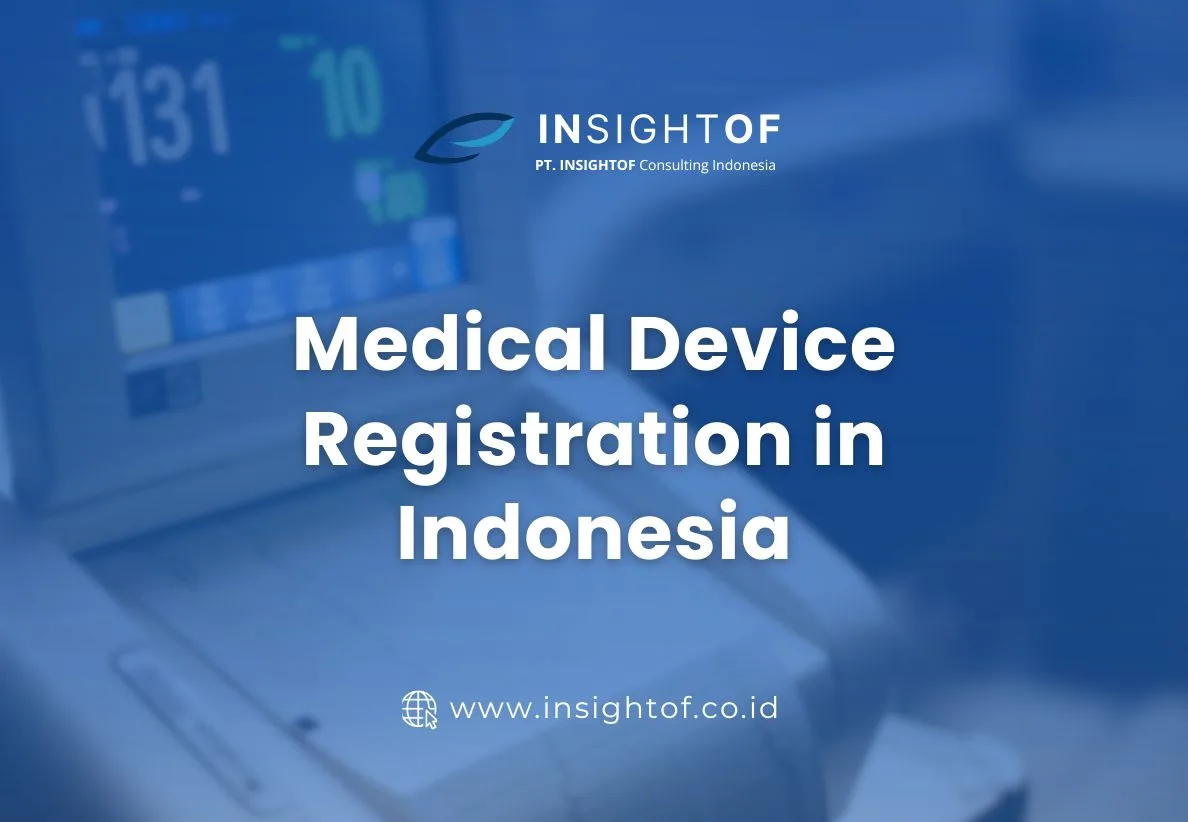


.svg/240px-YouTube_social_red_squircle_(2017).svg.png)
